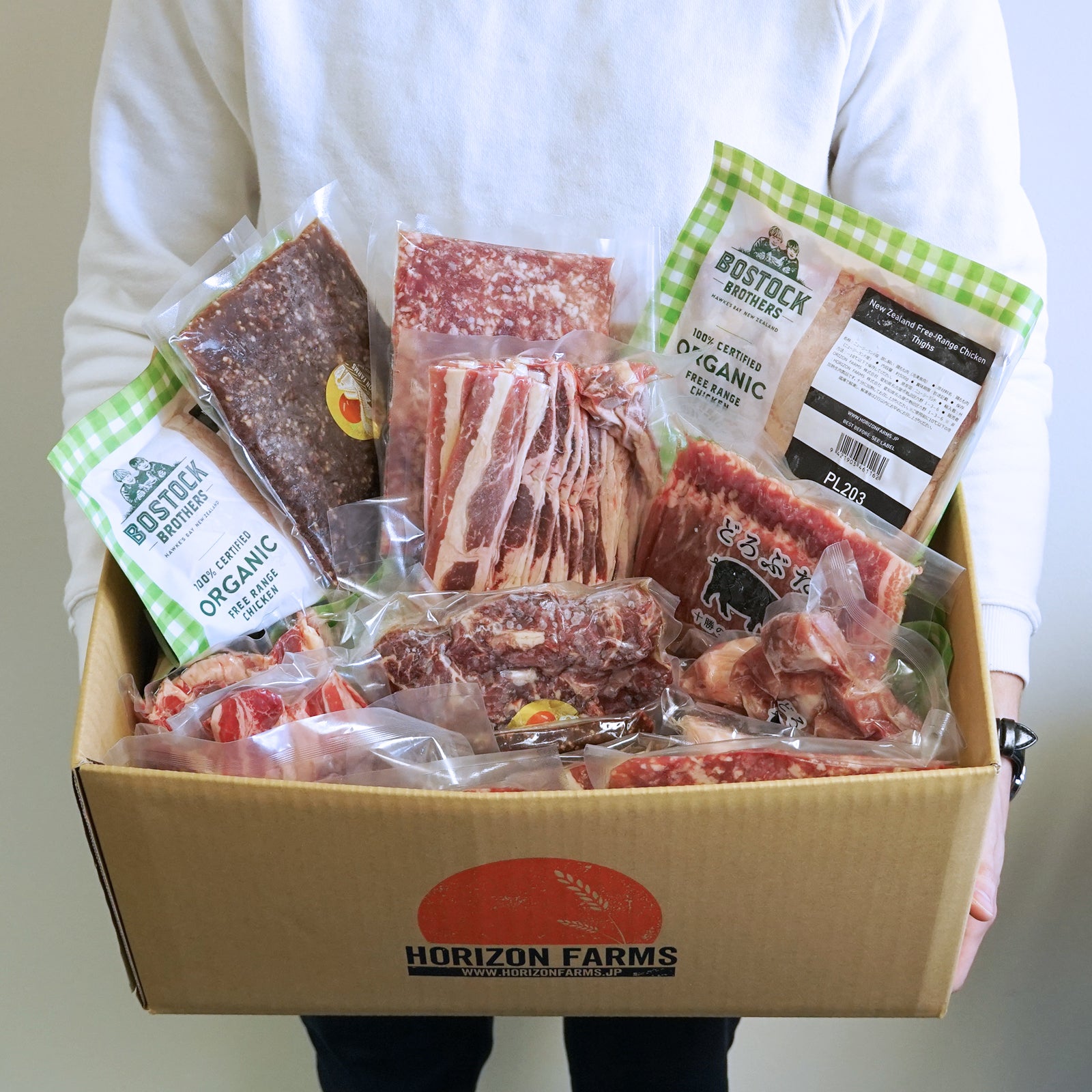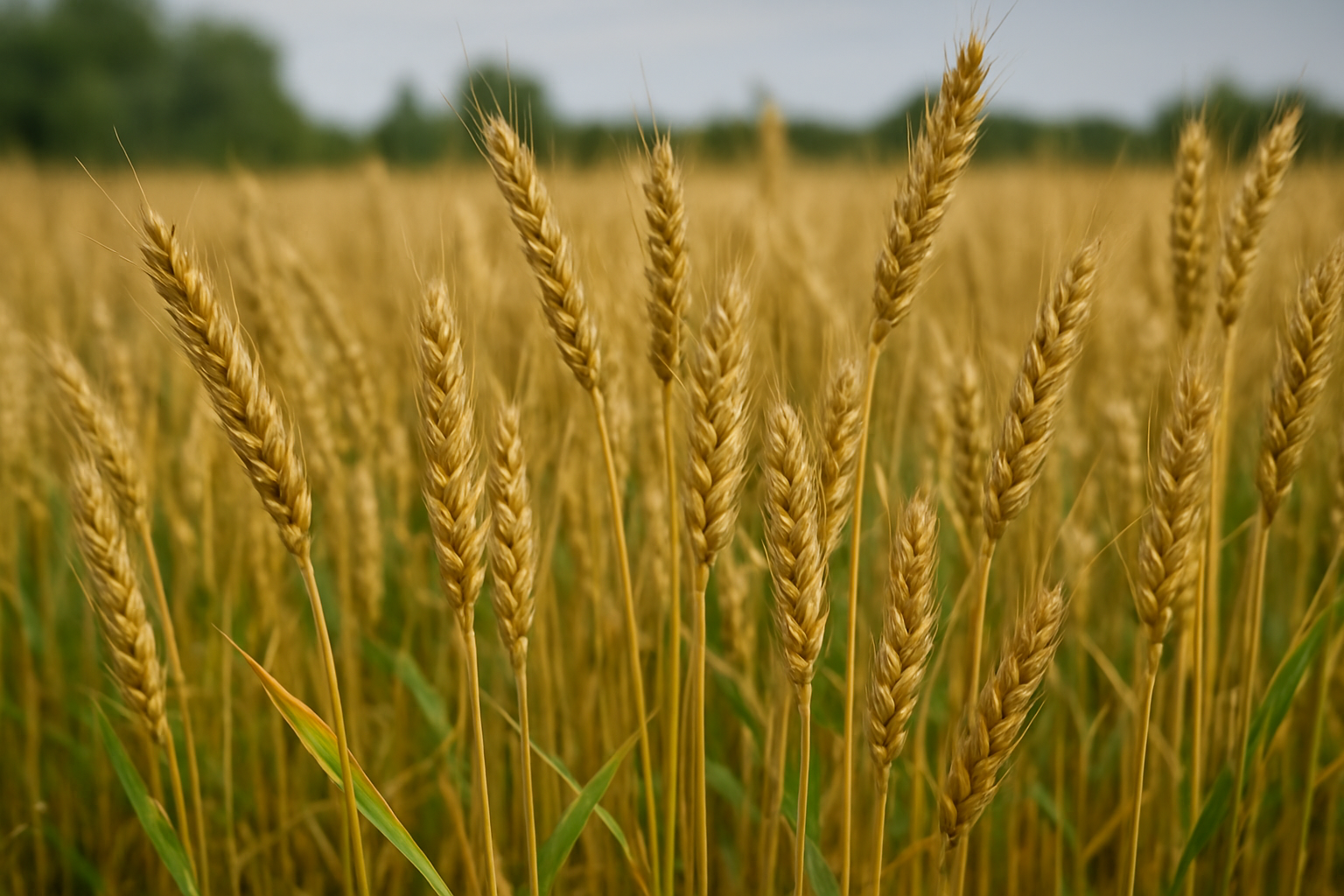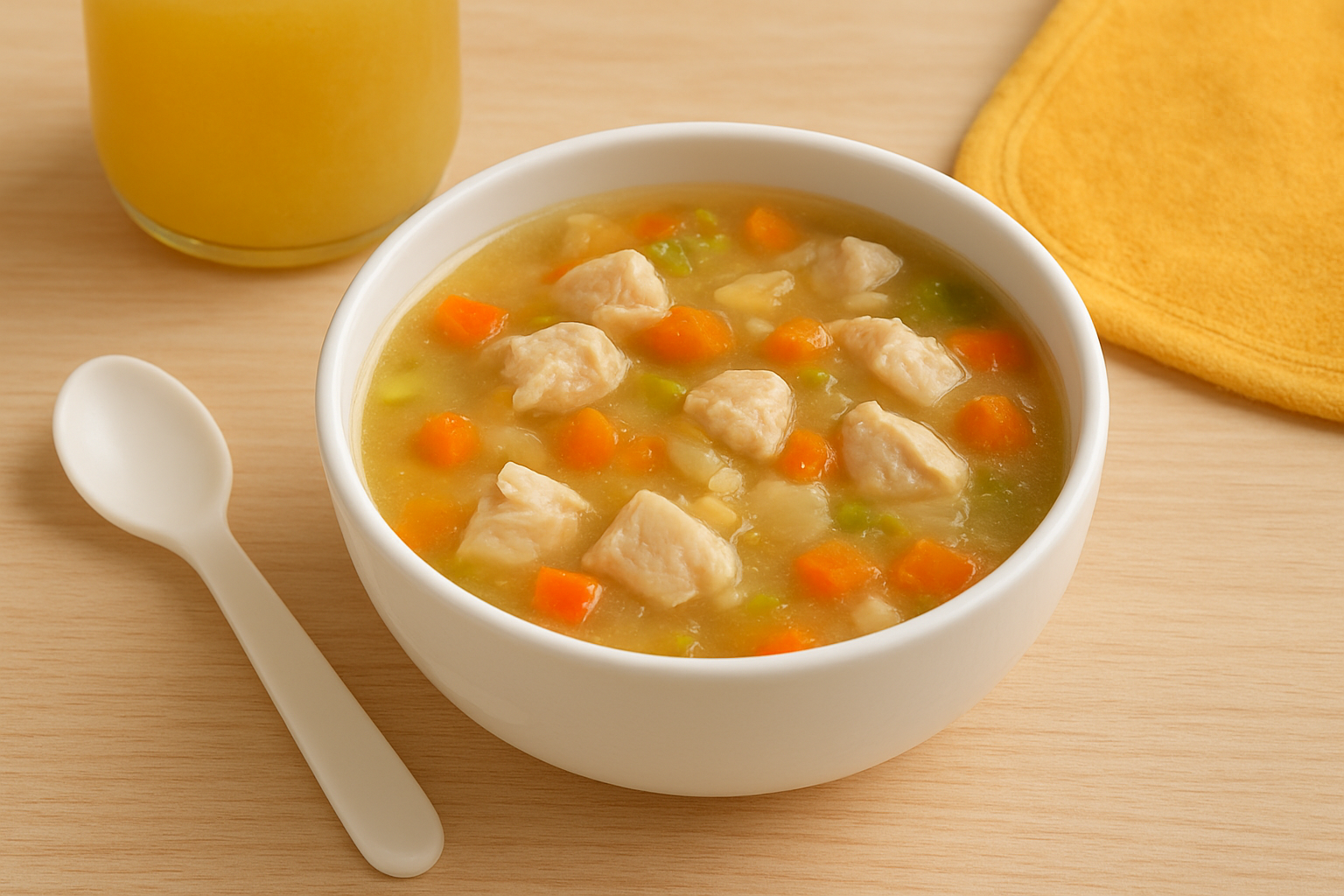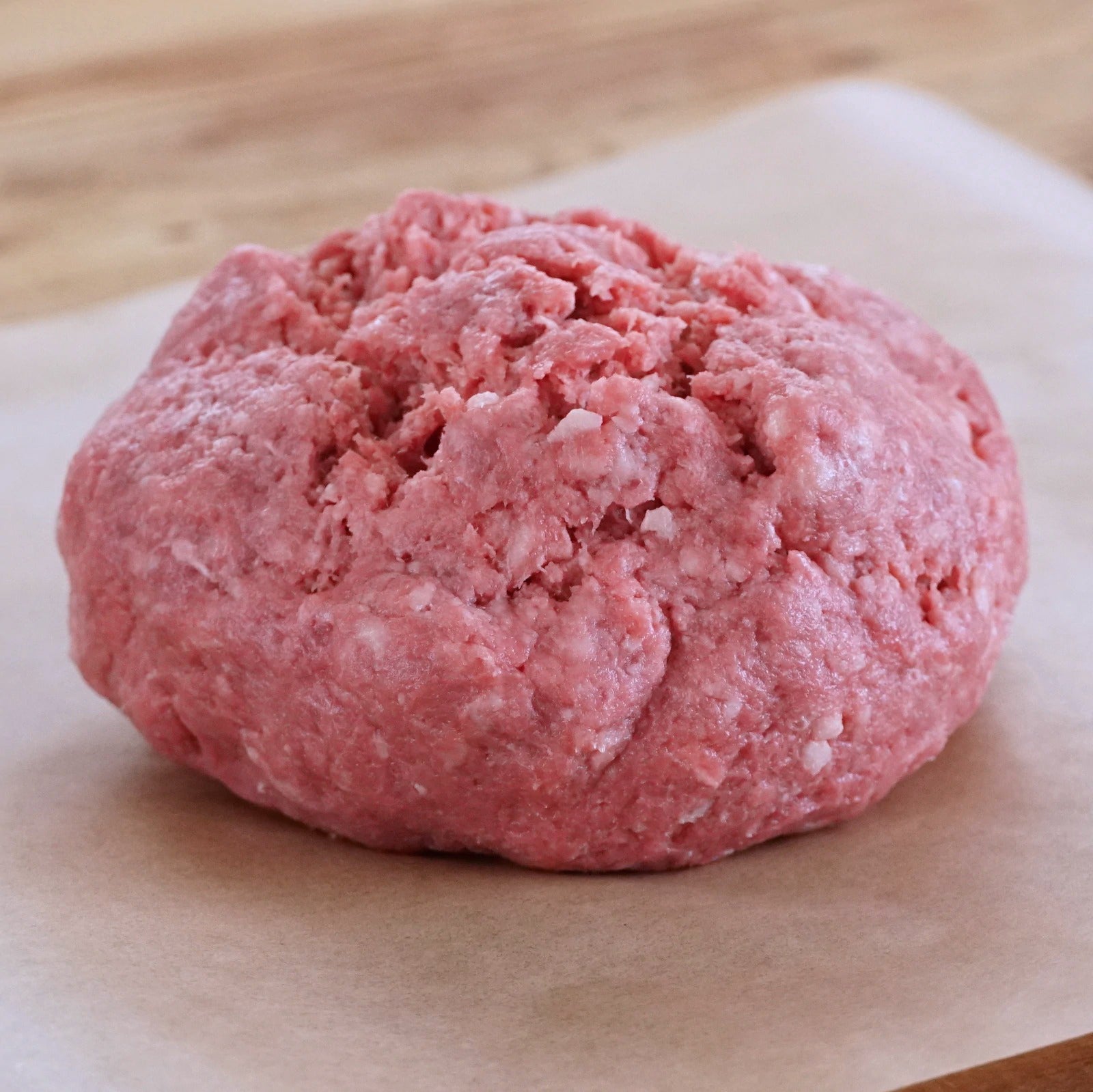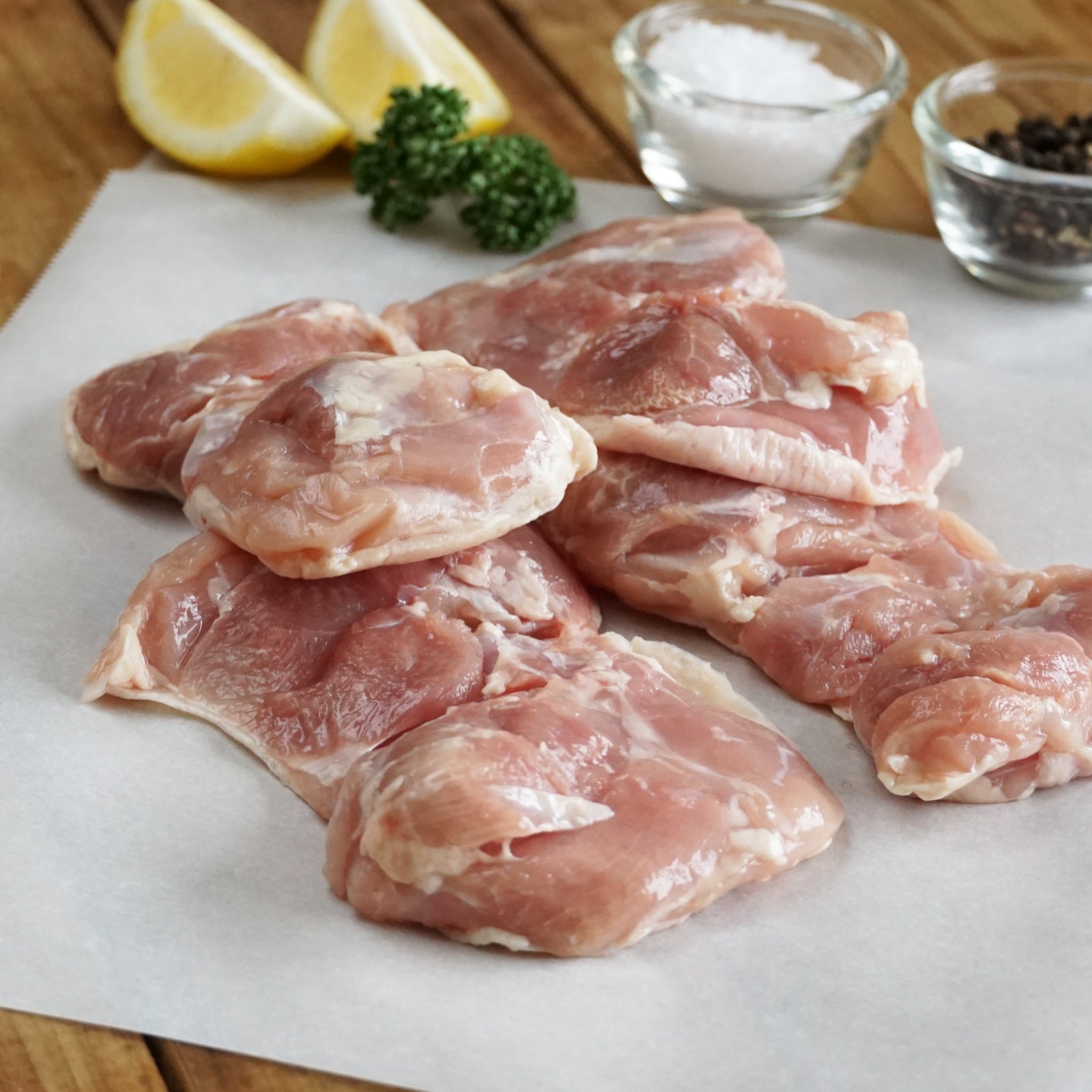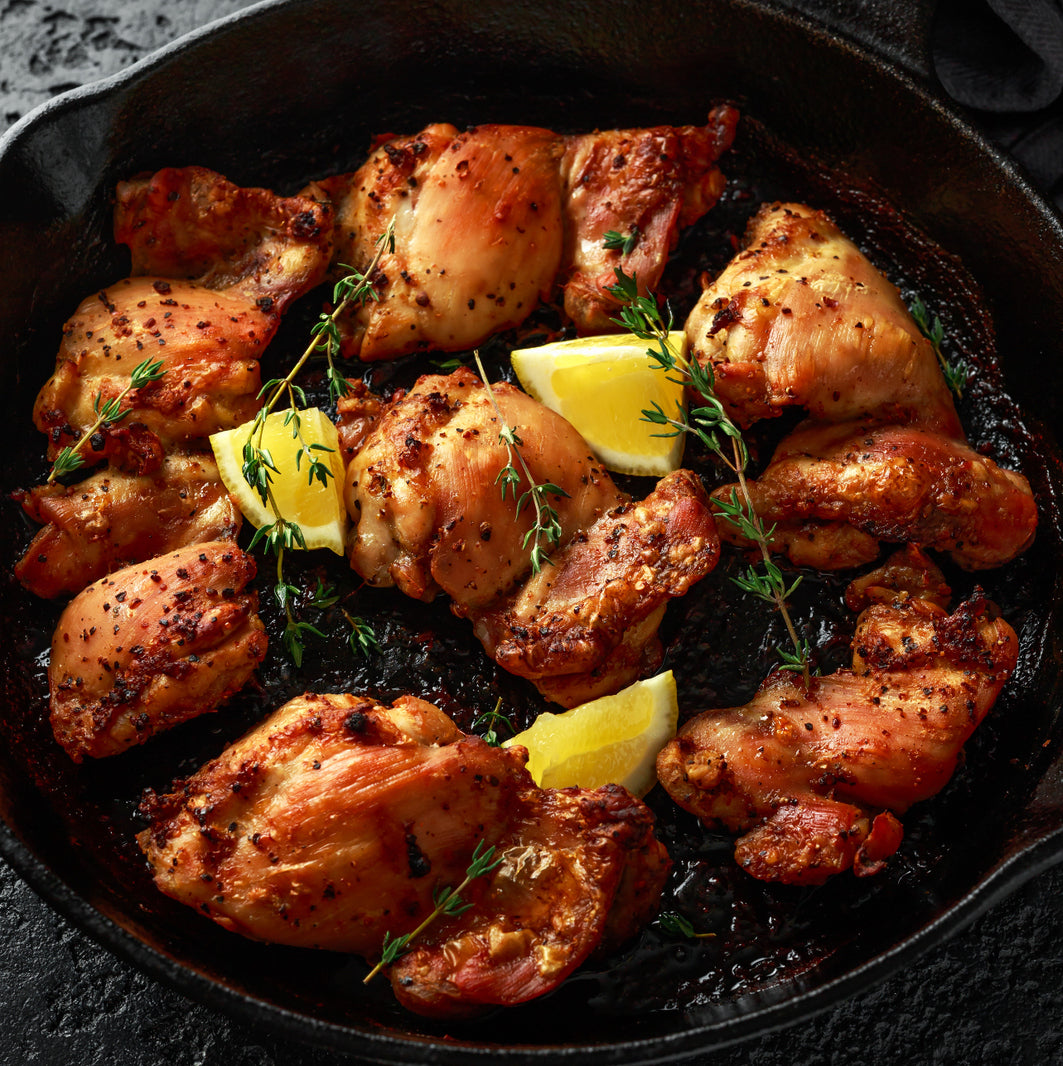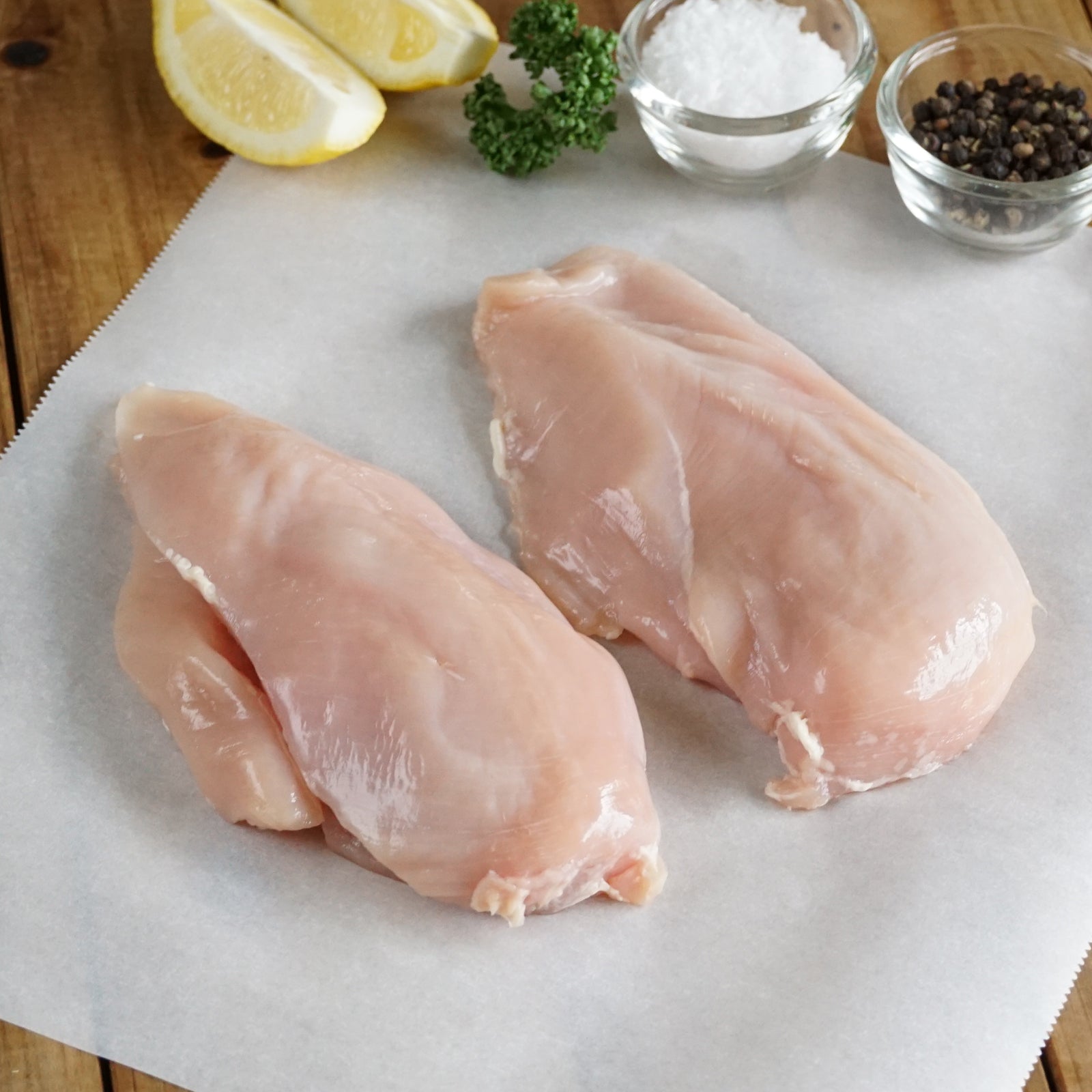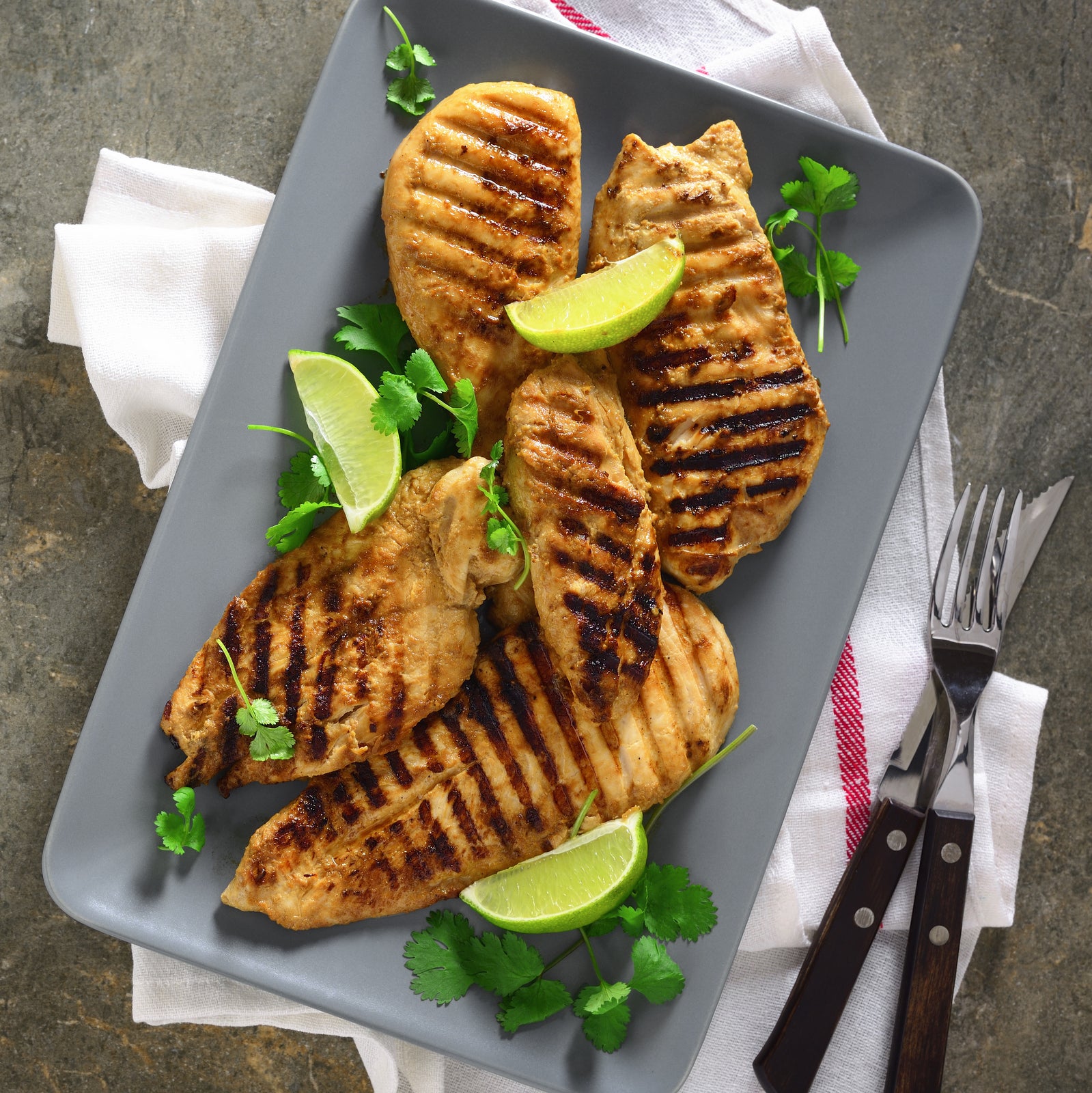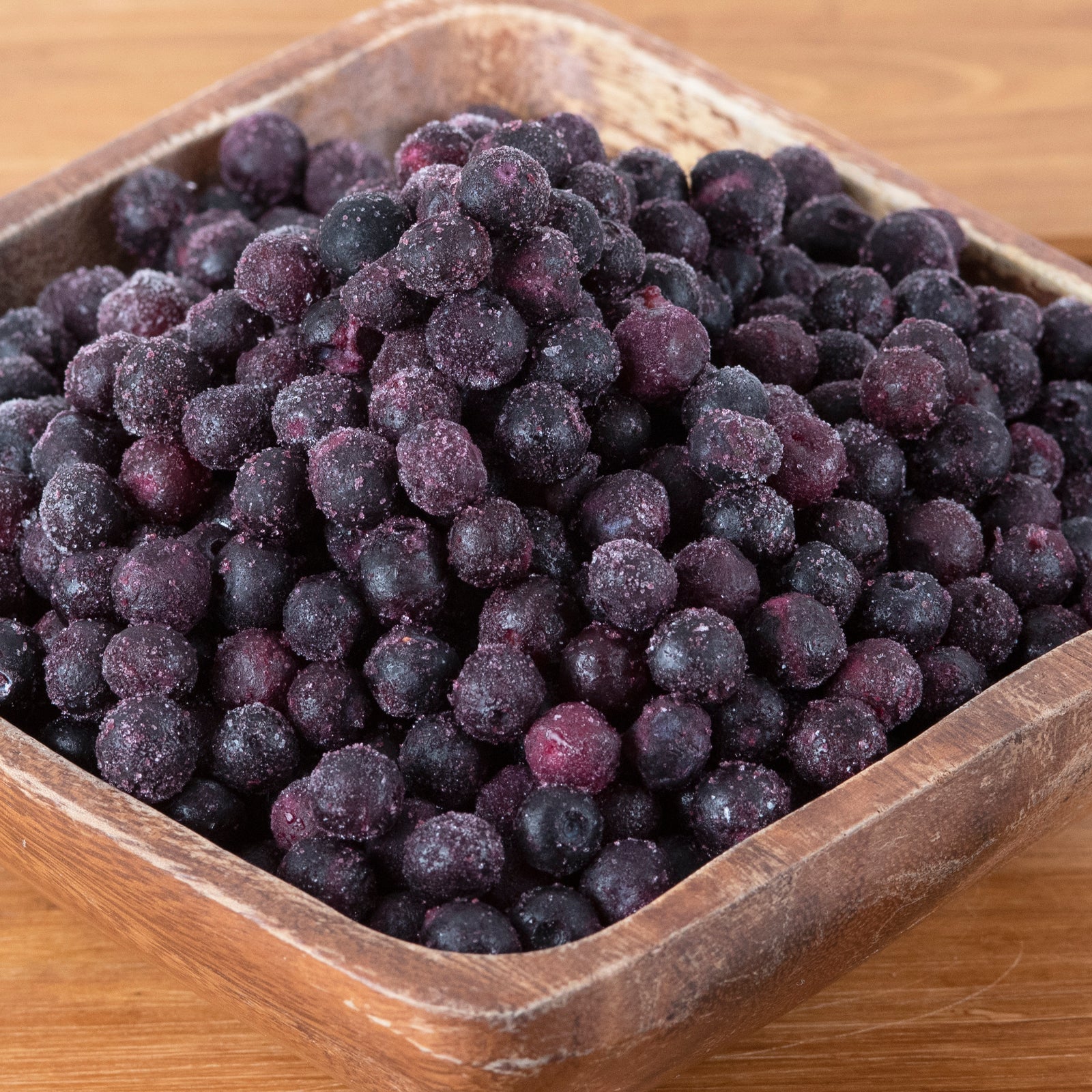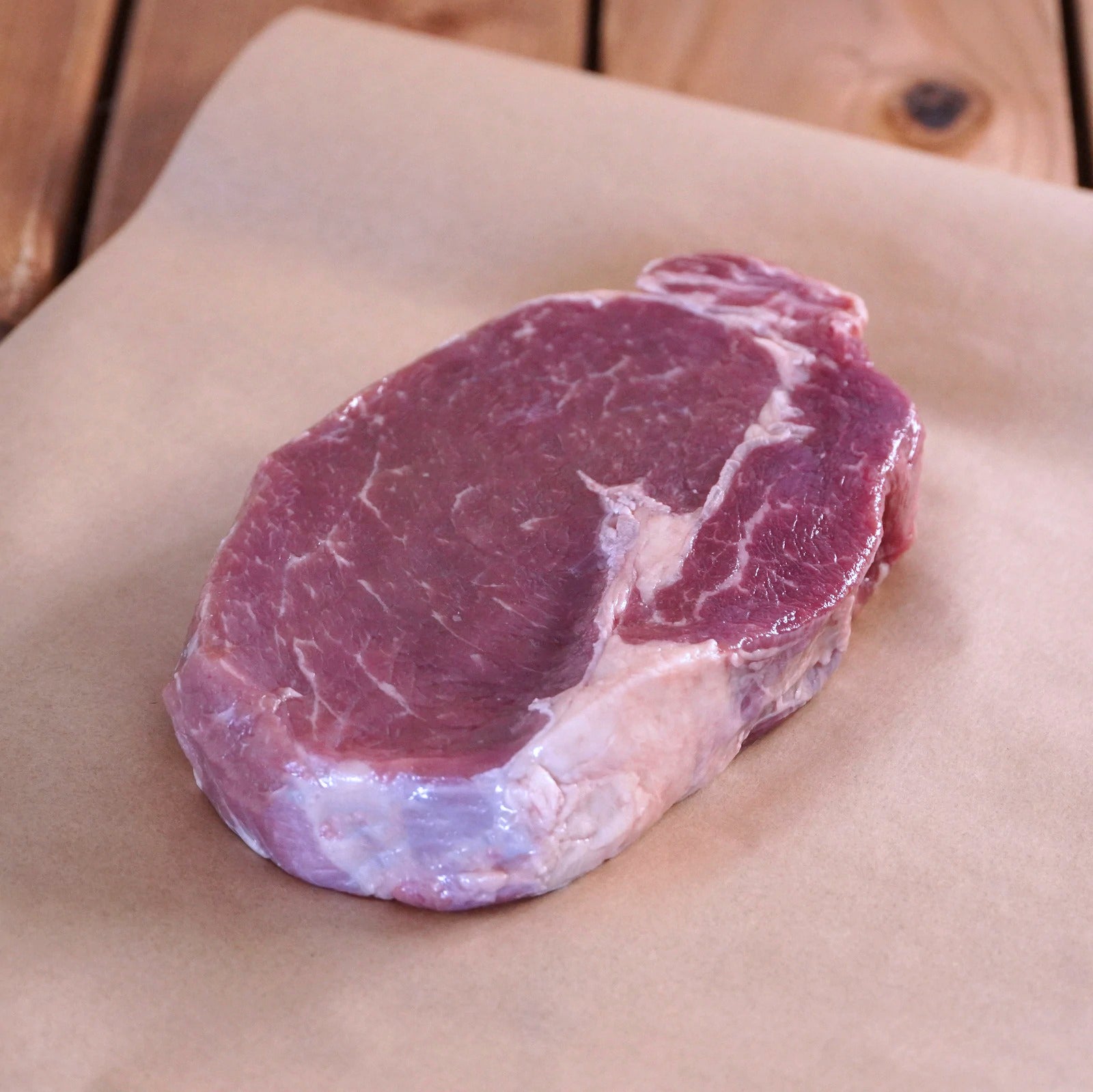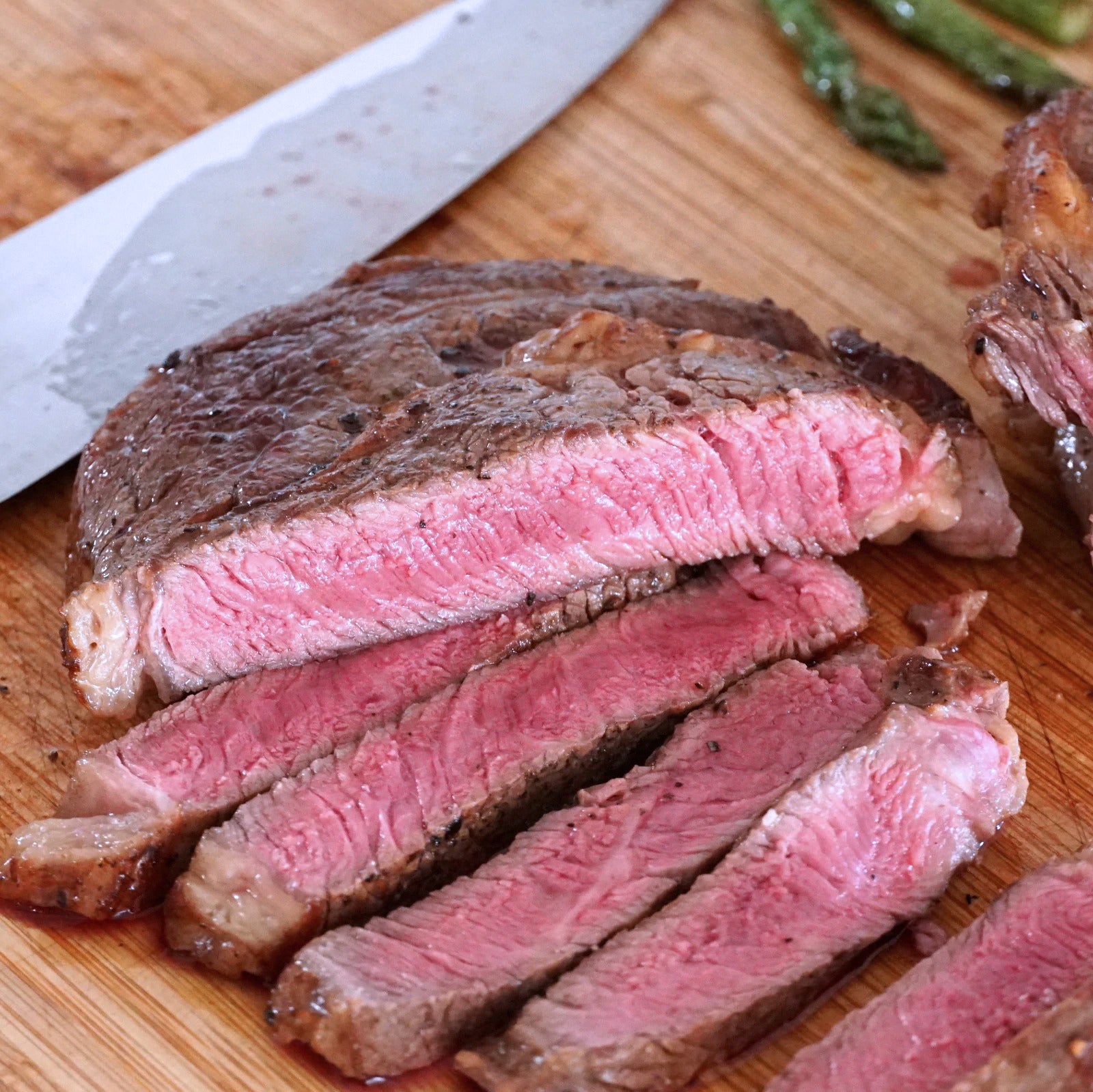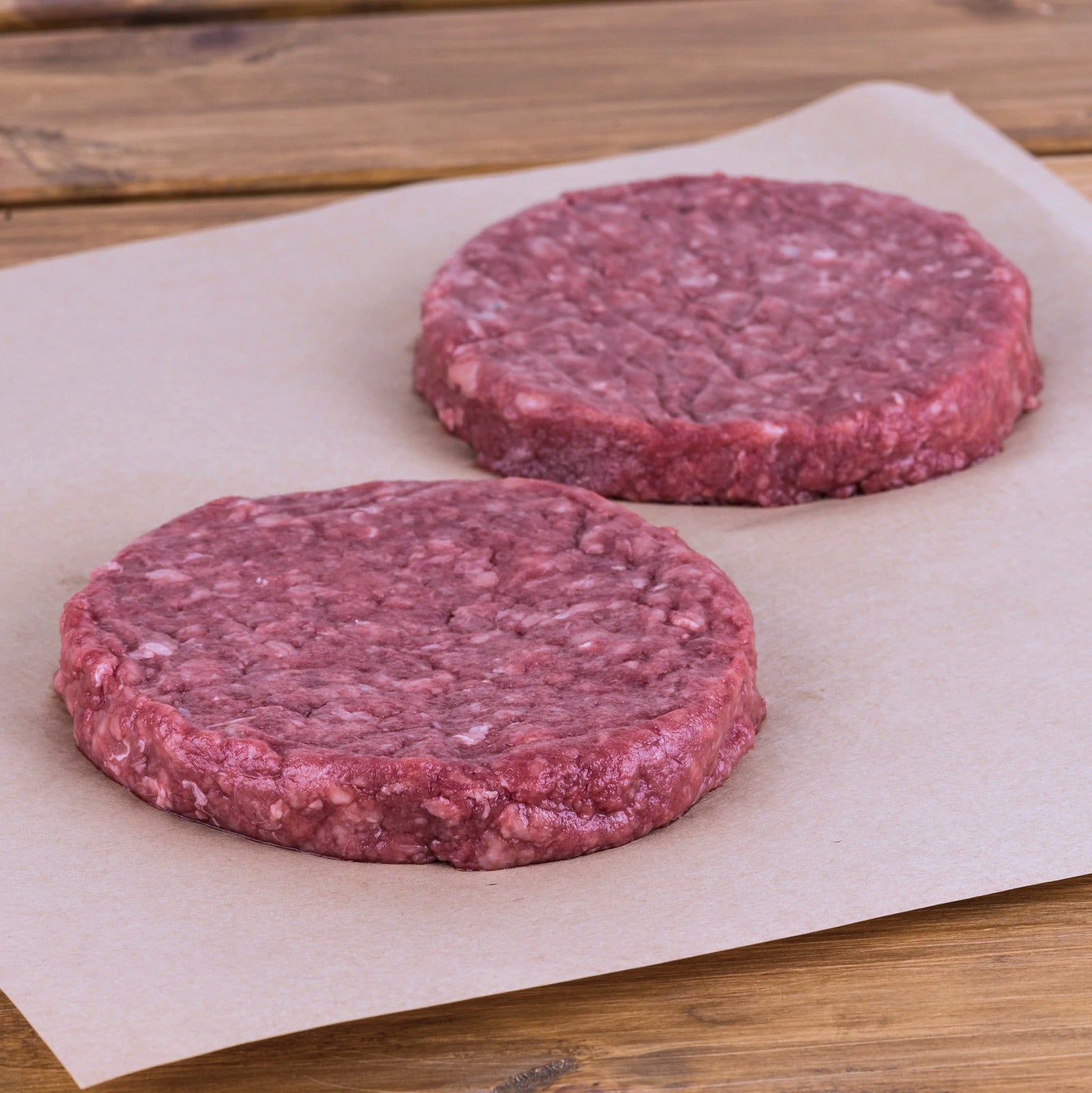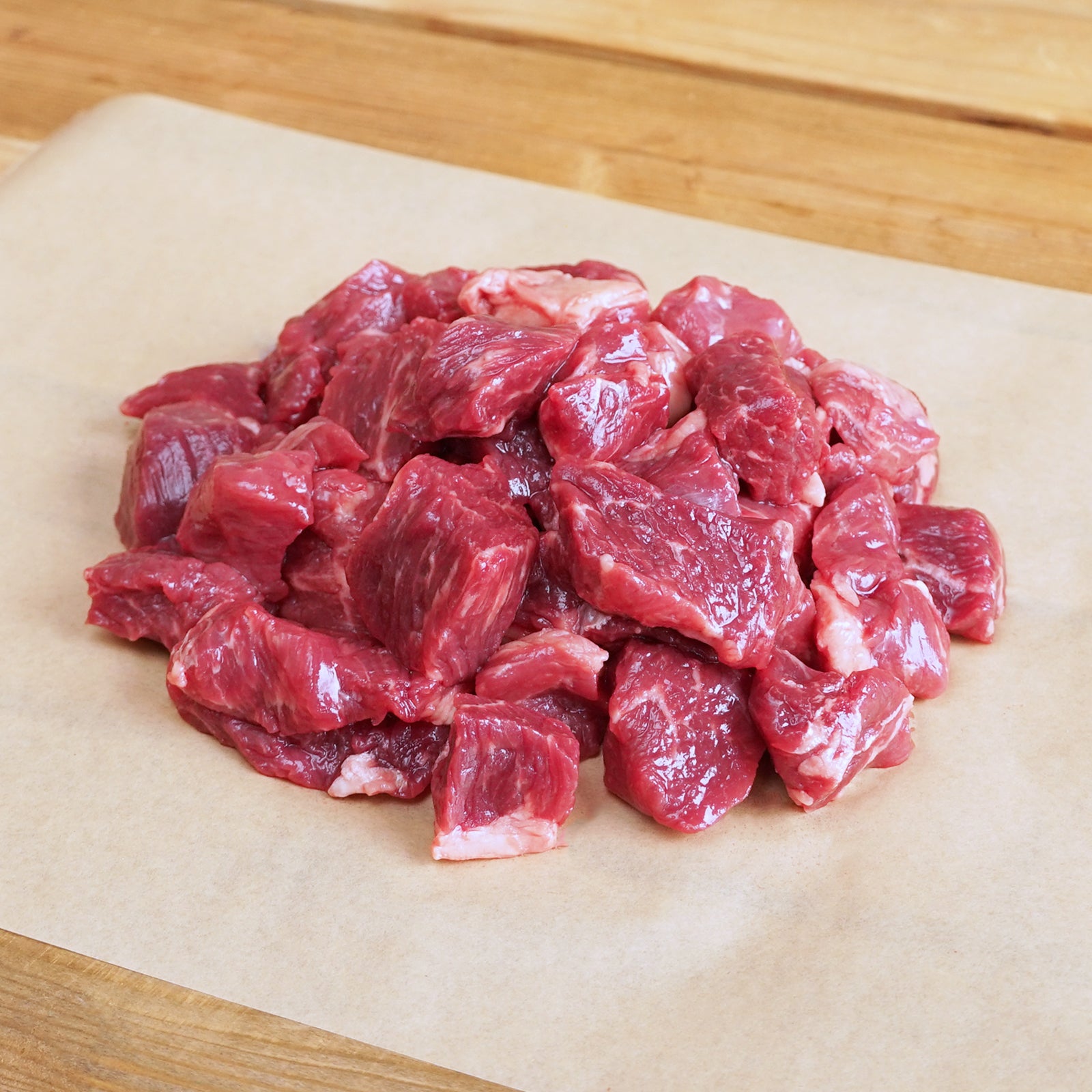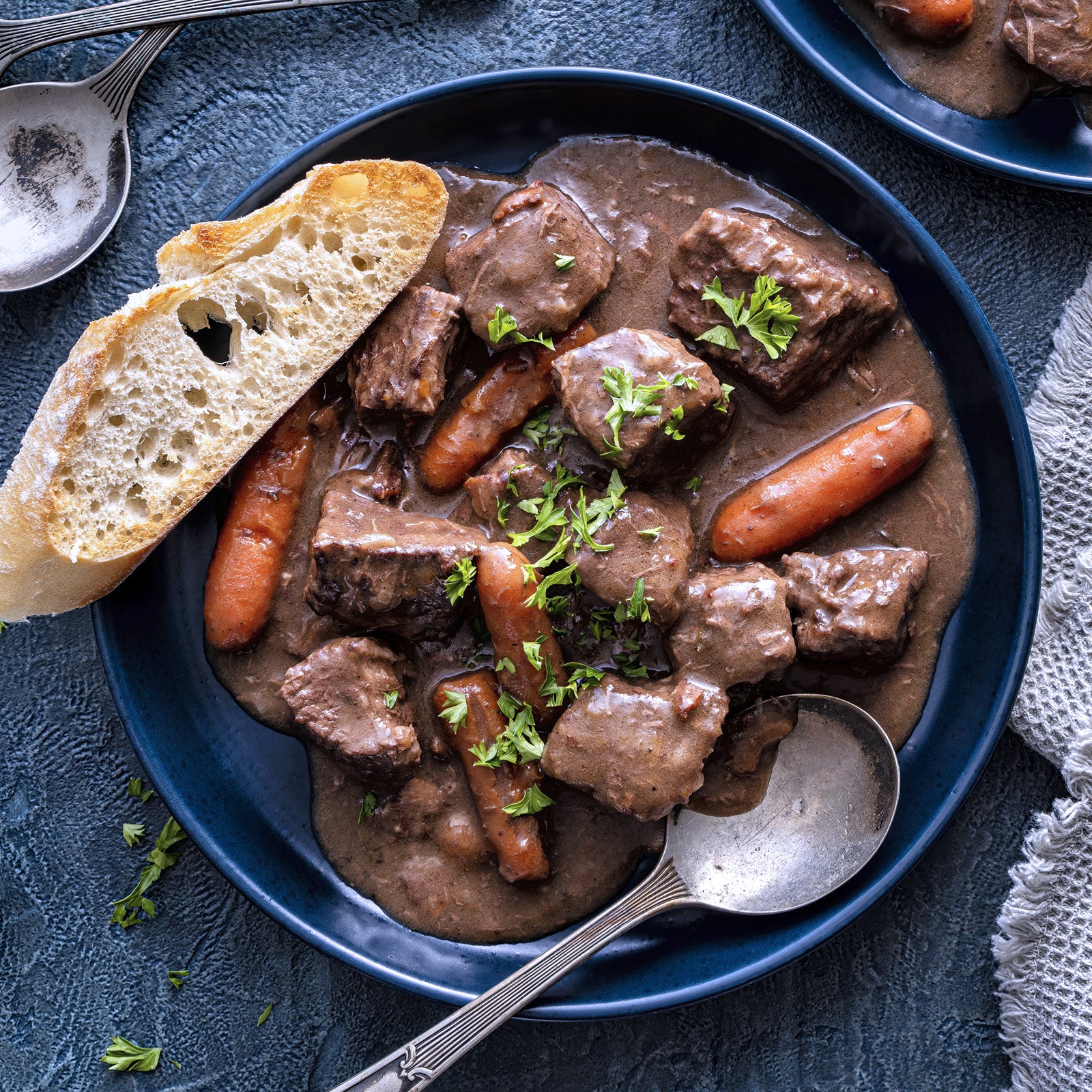What is USDA graded meat?
USDA stands for the "United States Department of Agriculture" - the U.S. goverment body responsible for policies related to farming, agriculture, forestry, and food. The USDA classifies American beef based on criteria such as fat content, meat quality, and flavor. The highest quality grade is USDA Prime, followed by USDA Choice, USDA Select, and USDA Standard. Below we dive into the differences between Prime and Choice.
What is USDA Prime?
Considered the pinnacle of USDA grades, USDA Prime beef is known for its uniform marbling, exceptional juiciness, and tender texture. This marbling and texture is influenced by a range of factors, including the breed and genetics of the cattle, their diet, the environment and stress levels they experience, as well as the finishing period with grain feeding. USDA Prime beef is often featured in upscale steakhouses and fine dining establishments, this grade imparts a rich flavor as its abundant marbling melts during cooking. The cultivation of USDA Prime beef demands meticulous attention to environmental conditions, resulting in a premium product with a correspondingly higher price tag. The USDA Prime grade represents only about 2-3% of all beef produced in the United States.
What is USDA Choice?
Following closely behind USDA Prime, USDA Choice offers a high-quality option with a little less marbling than its counterpart. With a slightly leaner taste, USDA Choice still provides a juicy and flavorful meat experience. Some even prefer the more beefy flavor associated with red meat. While still being considered more of a premium quality meat, USDA Choice is a more accessible choice for everyday use and gatherings, boasting a relatively lower price compared to USDA Prime.
Horizon Farms' USDA Graded Beef
It is one thing to offer USDA graded beef, but here at Horizon Farms we take this even further. We offer both USDA Prime and Choice beef, and all of our meat is raised free-range and without the use of growth-promoting hormones or preventative antibiotics. Absolutely no factory farming - and that goes for all of our meat. Clean, premium and ethically sourced beef all at the same time - and that is why we offer Morgan Ranch beef.
Morgan Ranch Beef
Certified USDA Beef from the Morgan Ranch is America's finest gourmet beef. A family-operated ranch led by Dan Morgan, they prioritize individualized care for each cow, raising them slowly in a vast, fully free-range open environment. Located in Nebraska, USA, Morgan Ranch utilizes a mix of Japanese Black Wagyu, Angus, and Hereford breeds, resulting in tender, beautifully marbled meat enjoyed globally, including Michelin-starred restaurants. Free-range, pasture grazed, then finished on 100% vegetarian grain feed (200 days) for superior marbling, tenderness, and unprecedented taste experience.
Click here to check out our collection of Morgan Ranch USDA Prime & Choice Beef
Conclusion
While price differences exist due to rarity and production costs, both USDA Prime and USDA Choice meats offer exquisite flavors and high quality. Beyond these grades, each type of meat has its unique characteristics, and at the end of the day we recommend selecting the meat that best aligns with your tastebuds and budget.
Disclaimer: Please note that while our explanations are correct they are very simplified for shortness and understanding. We encourage you to do further research on this topic.
 |
About the author: Sam Tumeh (Founder & CEO of Horizon Farms, Inc.) has joined the consumer food and meat industry of Japan in 2010. |


